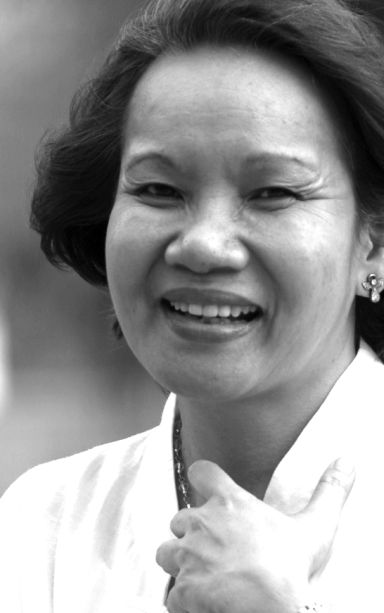
LOGARTA
Last Monday, World Day Against Human Trafficking in Persons was marked; we discuss the issue in support of the campaign. Our first encounter with this concern was several years when I viewed the film, “We’re So Syndicated.” We showed it to our students so they would understand clearly the concept of the commodification of women.
It included the stories of three females who had dreams of decent work which would allow them to contribute to their families’ welfare. Instead they became victims of human trafficking — they were given work that actually involved sexual exploitation. The females were compared to lechon manok. Chicken are selected to become choice lechon manok after roasting. Females are also chosen for their physical and emotional qualities, then sold! Follow-up discussion revealed how very effective the film was. Such realization was also due to the glimpses of the sexual exploitation we are exposed to today. Several had also seen “Modern Day Slavery.” the CNN series on this reality.
Last Tuesday in LAW Center, Inc. TV program,“Sa Mata sa Kababayn-an” the topic was discussed as we have been experiencing it. Atty Lucille Dejito, Director of Legal Intervention of International Justice Mission, and Atty. Noemi Truya Abarientos of Children’s Legal Bureau discussed with Program anchor, Atty. Virginia Palanca-Santiago and Ms. Fe Cabatingan, co-anchor cybersex exploitation, a form of human trafficking. Modern day slavery in our midst consists of letting children go naked and/or perform sexual acts to entertain to provide pleasure to online viewers who pay. They revealed the sad reality that a big majority of the victims were children, many of them below 12 years old, many of them girls. The source of abuse had been family members, mothers, fathers, other relatives. Poverty and materialistic values said to be behind the horrible problem. With modern technology it has become more difficult to go after violators — with no wires or antennae to lead us to the violators. Although it has become harder, the technology to trace the exploiters does exist.
The work of IJM has resulted in the rescue of victims and convictions. But very much of the work of IJM and CLB is focused on the care of the child victims. Well-trained and sensitive psychologists and other staff to care and process the children need to be available; the program guests pointed out that the children had a recollection and it was her that they were able to express their pain as well as their dreams. So they realized that the church had a role to play not only for the children but also for the parents. Maybe church people can find creative ways to remind the faithful about the values that should replace the materialistic values.
The government has a significant role to play. In the law enforcement, Women and Children Police Desks have to be ready and prompt in their work. Within the justice system, there has to be sensitive with child witnesses. In many cases the accused are the parents. If such a case is not properly handled, after the trauma of sexual exploitation the sense of guilt over being instrumental in the conviction of a loved one follows.
We can all play a part. Let us love our children. We can be vigilant in our concern. I remember the late Babes Sanchez observed a foreigner with a young Filipina and she did not hesitate to approach the couple to check whether no child abuse was taking place. Let us not deprive our children of their childhood. Let us always exert efforts for them to grow into wholesome human beings. Both at home and in school let us consistently expose them in word and in deed to Christian values. In Our Lady of Joy Learning Center we devote one month to one living value.
Disclaimer: The comments uploaded on this site do not necessarily represent or reflect the views of management and owner of Cebudailynews. We reserve the right to exclude comments that we deem to be inconsistent with our editorial standards.
